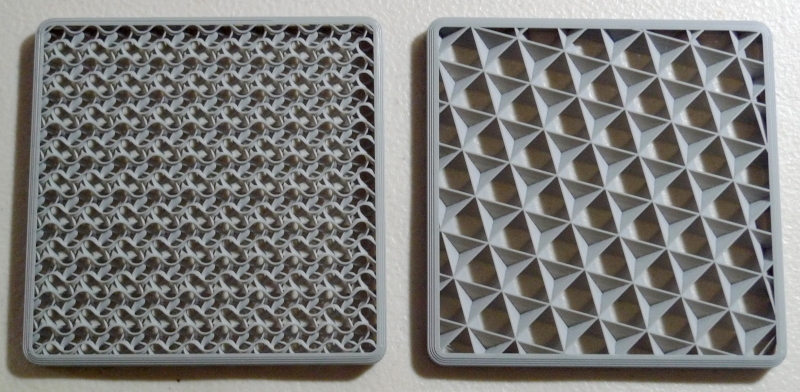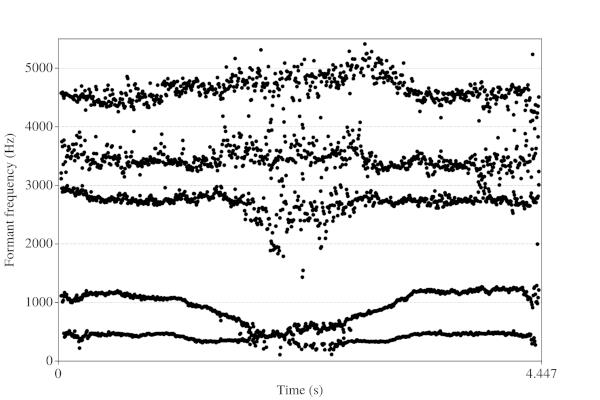"It's like #2, the entire thing from an inch or so up shifted ~2mm and stayed shifted to the end of the print. I gripped the bed and the X-carriage underneath but there doesn't seem to be any easy play there between them via the spring knobs (though I do see what you're talking about). The Y-axis belt was riding slightly to the right side on the front idler, and I played around its bolt so it's running more or less in the middle now, but I kinda doubt that was it. It's got me a little skittish / gun shy." - Dew
With all of the things that can go wrong during a long print, a layer shift is particularly aggravating. I would look at a few specific things if this is truly limited to a Y-axis shift - nozzle play, bed play, and Y-axis motor torque. I am assuming that you are printing from an SD card here, but if not try that first. Printing from your computer directly without a dedicated server can introduce all kinds of opportunities for printing glitches.
1) Have the unit turned on with a cold extruder, and use the controls to move any of the motors to some random position (so that all the motors are active) where you can grab the nozzle and try to wiggle it in all directions. This is a bottom-line test that should show any sources of gantry/extruder backlash which can be caused by the hotend mount, the wheels, or the belt tension.
2) Next run the hotend up to about 260C and use a pair of pliers or an adjustable wrench to see if the heater block or nozzle is at all loose or free to rotate. If it can rotate with moderate force then try to tighten the nozzle while holding the heat block. If you find that the nozzle is already tight within the heat block then try to rotate the heat block to tighten the stainless steel heat barrier into the heat sink (I'm assuming this is a threaded joint, but check first). If it tightens, snug it up without overstressing the wiring. Then loosen the nozzle inside the heat block, rotate the heat block back to the normal angle, and retighten the nozzle. That's kind of a wordy procedure; a video would be more useful if you haven't had to do this before.
3) Now check the Y-axis bed backlash by again making a fresh stepper move (to make sure that the steppers are still active and holding) and try to push the bed in the Y-axis (and the X-axis too, since it has some slop). Look for any movement in the table due to rollers, belt, or the z-height adjustments.
4) If the mechanics look solid, then really bear down on the table or try to turn the Y-stepper pulley to check how much force it takes to break the motor's holding torque. You can also try to resist the y-axis while it is in motion to check the moving torque. If it seems weak, there is a hardware motor current adjustment, but this seems unlikely at this point.




